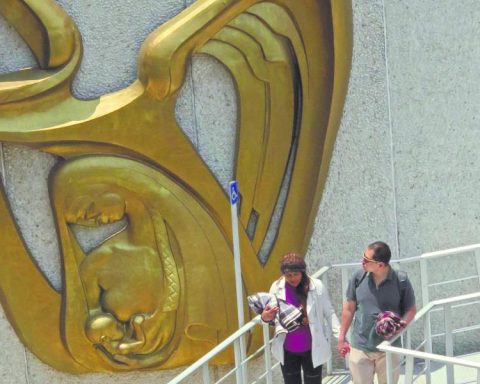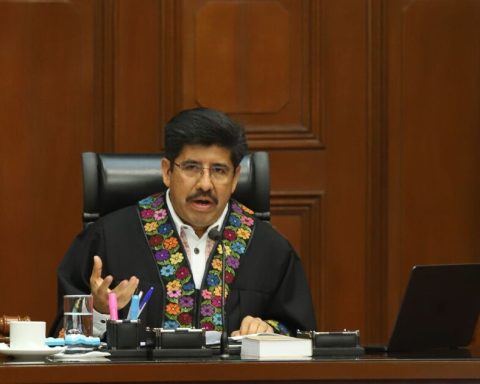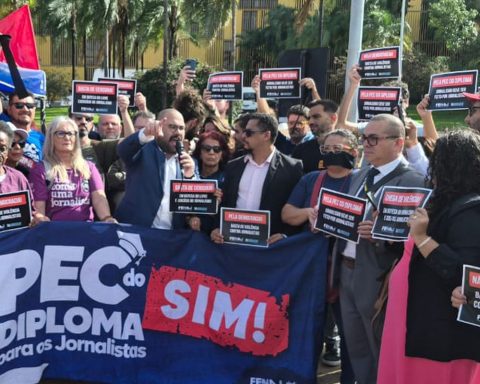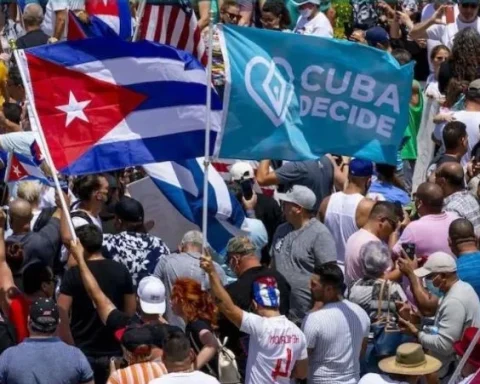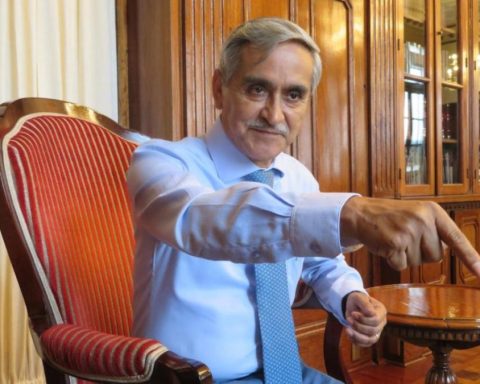Experts consulted by Expansión Política affirm that the government of Sheinbaum inherited two crises from the administration of Andrés Manuel López Obrador: the violence in Sinaloa due to the arrest of “El Mayo” and the complex implementation of the Judicial Reform, so the so-called “honeymoon”, a time in which a new ruler enjoys the trust and support of citizens, is not possible. It looks so broad for the first woman to head the Presidency.
“Claudia Sheinbaum became president in a complicated context and what we have seen is a kind of political maelstrom. He came to the Presidency when we practically already had a ‘war’ in Sinaloa, and he also came to the presidency when the Judicial Reform was already underway, which was an initiative of former President López Obrador,” explains Esperanza Palma, professor at the Autonomous University and member of the Network of Political Scientists.
However, her government has also generated expectations for being a woman, a scientist, and for government policies such as the creation of new secretariats, the promotion of gender issues, and the commitment to renewable energies.
“He begins now with high approval and very positive expectations towards his government. We have the only president in the world who is a scientist, and that is reflected in the appointments she made in the policies that have prioritized policies on mobility and sustainability issues. In addition to the gender issue,” says Xóchitl Pimienta, professor at the School of Social Sciences and Government at Tecnológico de Monterrey.
A start with more than 70 daily homicides
Claudia Sheinbaum’s government began with 2,223 homicides – as of Wednesday – and several episodes of violence, including the murder of the priest Marcelo Pérez in Chiapas, the murder of the municipal president of Chilpancingo, Alejandro Arcos, days of violence in Sinaloa and Tabasco, as well as the explosion of two car bombs in Guanajuato.
(Photo: Claudia García Blanca/AFP)
On October 8, the president presented her strategy to contain violence: attention to the causes, consolidation of the National Guard, strengthening of intelligence and investigation, and coordination with federal entities. In addition to this, the Secretary of Public Security, Omar García Harfuch, has visited some entities with insecurity problems – such as Sinaloa and Guanajuato – to coordinate efforts for pacification.
Without giving times or goals, Sheinbaum has assured that his strategy will give results, although these will not arrive overnight.
“There is a security strategy that will give results. As I have stated, it is not from one day to the next,” he said on October 28.
The exact number of homicides in Sheinbaum’s first month is yet to be known, because the Executive Secretariat of the National Public Security System (SESNSP) publishes official figures on the 20th of each month. However, according to data from the daily security report, the first month closed with a daily average of 74.1 homicides.

(Photo: Diego Costa Costa/Cuartoscuro.)
The outbreaks of violence in states such as Guerrero, Guanajuato, Chiapas and Sinaloa did not begin with the Sheinbaum government. The six-year term that preceded it was the most violent in the country’s history with around 200,000 homicides and femicides.
However, experts such as Armando Vargas, coordinator of the Security program of the organization México Evalúa, warn that With a continuity strategy it will be difficult to achieve a reduction in violence.
“In general terms, these four pillars indicate more continuity, more of the same, more of what has been given to us in the last two decades, so I would not see a big difference in terms of the results to be expected,” he maintains.


